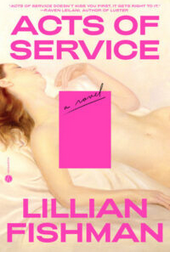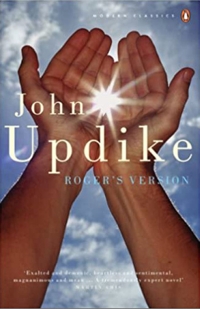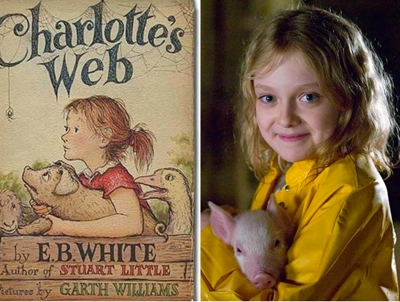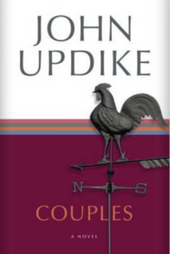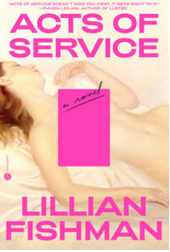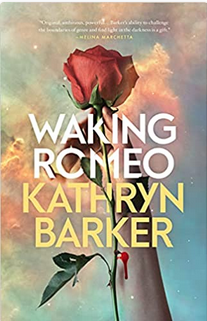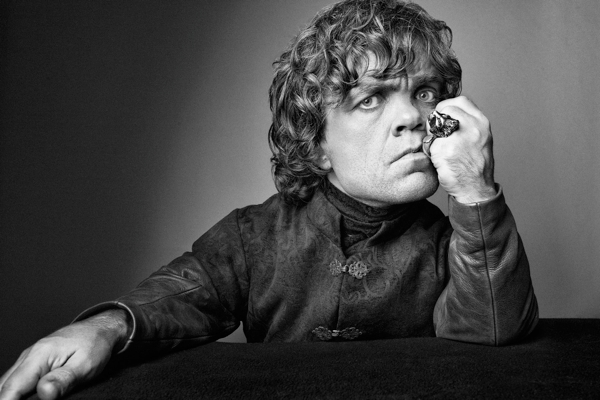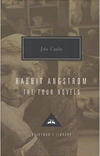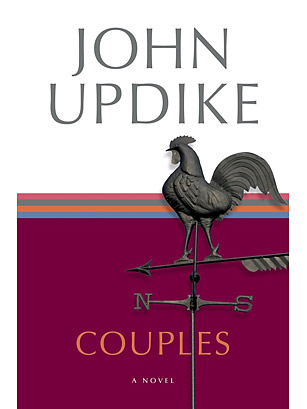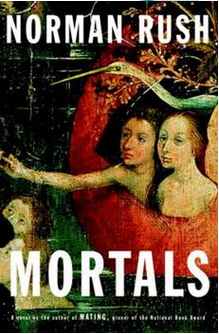Literary Hub recently published a recommended reading list “From Eve Babitz to Raven Leilani, Readings on Solipsistic, Transformative Love” by Lillian Fishman. Surprisingly, Updike’s 50-year-old novel Couples makes the list. Fishman writes,
“A novel apparently about sex, Couples is actually about something much more interesting: how adultery itself—’its adventure, the acrobatics its deceptions demand, the tension of its hidden strings, the new landscapes it makes us master’—can breathe life into a prematurely settled existence. Though he describes a number of affairs among the couples of Tarbox, Updike follows most closely behind Piet, whose womanizing is never premediated but who falls into one affair-adventure after another, believing his talent is that he genuinely loves every woman he touches. Sincere and special in the way it expresses how we explain ourselves to ourselves, and deeply forgiving of our failings, especially when they occur in the service of reanimating a life.
Also recommended are books by Raven Leilani, Annie Ernaux, Eve Babitz, Celia Paul, Peter Stamm, Kathleen Collins, and Sheila Heti. Fishman, who was born nearly 30 years after Couples was published, is the author of Acts of Service (Hogarth Press).

